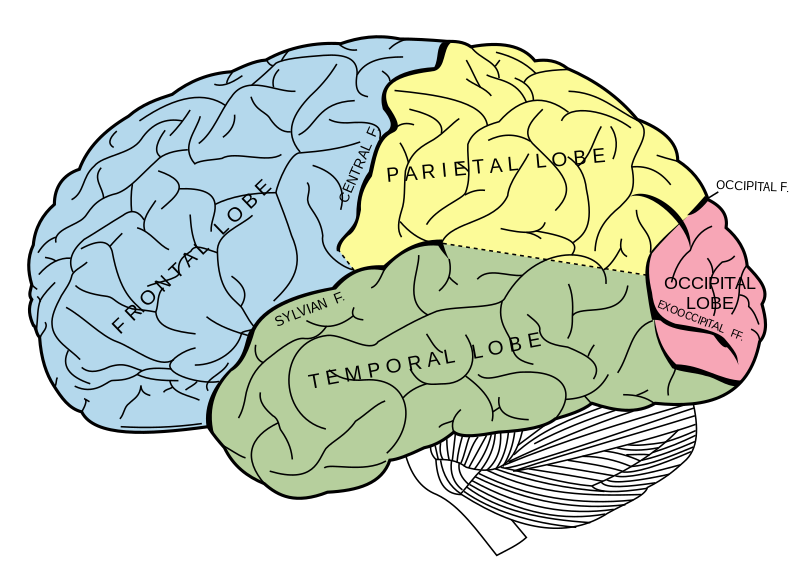
If someone approached you claiming their product would allow you to use 100% of your brain, would you buy it?

You are probably familiar with this scenario if you watched the thriller ‘Limitless’, released earlier this year, starring Bradley Cooper. The plot of ‘Limitless’ is based on one of the most commonly perpetuated ideas in society, that we use only 10% of our brains (this number varies depending on who you ask). But is this science fact or science fiction? Before you aspire to become an all-encompassing genius like Bradley Cooper in the film, let’s let science speak for itself.
The human brain is the most complex organ of the body and controls every aspect of our lives. It weighs roughly 1.4 kg, and uses a whopping 20% of all the food energy we take in. Scientists have divided the brain into many sections based on the functions they perform. These are some of the major brain lobes and their function:
-Frontal Lobe: reasoning, planning, parts of speech, movement, emotions, and problem solving.
-Parietal Lobe: associated with movement, orientation, recognition, and perception of stimuli.
-Occipital Lobe: associated with visual processing.
-Temporal Lobe: associated with perception and recognition of auditory stimuli, memory, and speech.
This is by no means an exhaustive list, as these lobes contain several sub-divisions, which are known to perform even specific tasks.

Evidently, these divisions compose the entire brain, not a mere 10% of it. What is true then, is that we may not use all parts of our brain at the same time, but every section of the brain is necessarily used at some point to perform certain tasks. We know this to be true by studies of brain damage. When almost any part of the brain is damaged, there is always a loss of abilities. Furthermore, brain-imaging technologies have shown several areas of the brain (more than 10%) to be active at the same time under many circumstances, such as during sleep. This fact alone is enough to debunk the notion of using 10% of our brains as a myth by default.

So, despite how much science has progressed in studying the brain, most people still dwell in ignorant bliss. Perhaps because advertisers and the media prey on them by stating this phrase as scientific fact. Shockingly, even people who profess scientific background take part in spreading this misinformation. The truth is, this is a misquote that has gone viral, and is absolutely misleading people as science.
Let’s focus on the opening question.
There do exist substances, such as certain drugs or functional foods that can improve or enhance mental functions. One such substance that you may be familiar with is the caffeine in coffee or energy drinks, which improves memory and concentration. Nonetheless, based on the claims of the person, it would be wise to refuse their offer, because truly humans already use 100% of their brains.
Further reading:




